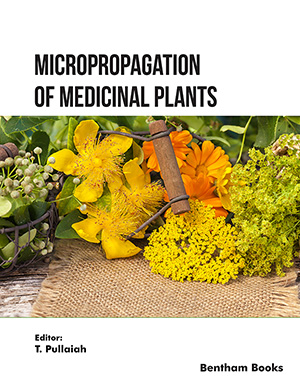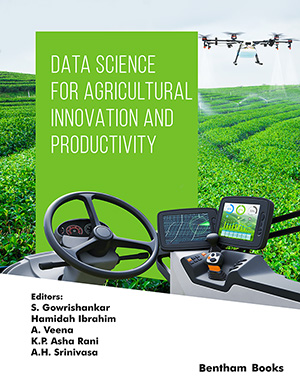Abstract
Heart tissue has a diminished ability to repair after myocardial infarction (MI). Bone marrow- derived mesenchymal stem cells (BMSCs) have been used effectively to heal damaged tissue after MI. Hypoxia-inducible factor-1α (HIF-1α) can induce transcription of numerous pro-angiogenic genes and enhance stem cell survival. Here, we investigated whether HIF-1α-transduced BMSCs could enhance tissue repair after MI, and compared the value of micro-PET/CT and echocardiography for evaluation of therapeutic effects. Rat BMSCs were transduced with a lentivirus expressing HIF-1α and NIS (Lenti-HIF-1α-NIS). Sodium iodide symporter (NIS) functioned as effective reporter gene, allowing monitoring of BMSCs transplanted into the rat heart for up to 2 weeks using micro-SPECT/CT imaging. In a rat MI model, after transplantation of HIF-1α-NIS-transduced BMSCs to the MI zone, more expression of HIF-1α,VEGF and Ang-4, more improvement of metabolism, less fibrotic tissue and cardiomyocyte apoptosis were detected in the MI zone. Moreover, we found that most of the transplanted HIF-1α-NIS-transduced BMSCs differentiated into endothelial cells, and engineered new blood vessels in MI zone. Metabolic activity significantly increased at an early time point (2 weeks after transplantation) and lead to a sustained increase (4 weeks), as indicated by 18F-FDG uptake in micro-PET/CT imaging. Echocardiography indicated no improvement in cardiac function at 2 weeks and small improvement at 4 weeks. This study indicated that 18F-FDG micro-PET/CT was more useful for evaluating early therapeutic effects than echocardiography.
Keywords: Cell therapy, Gene therapy, Molecular imaging, Myocardial infarction.




























